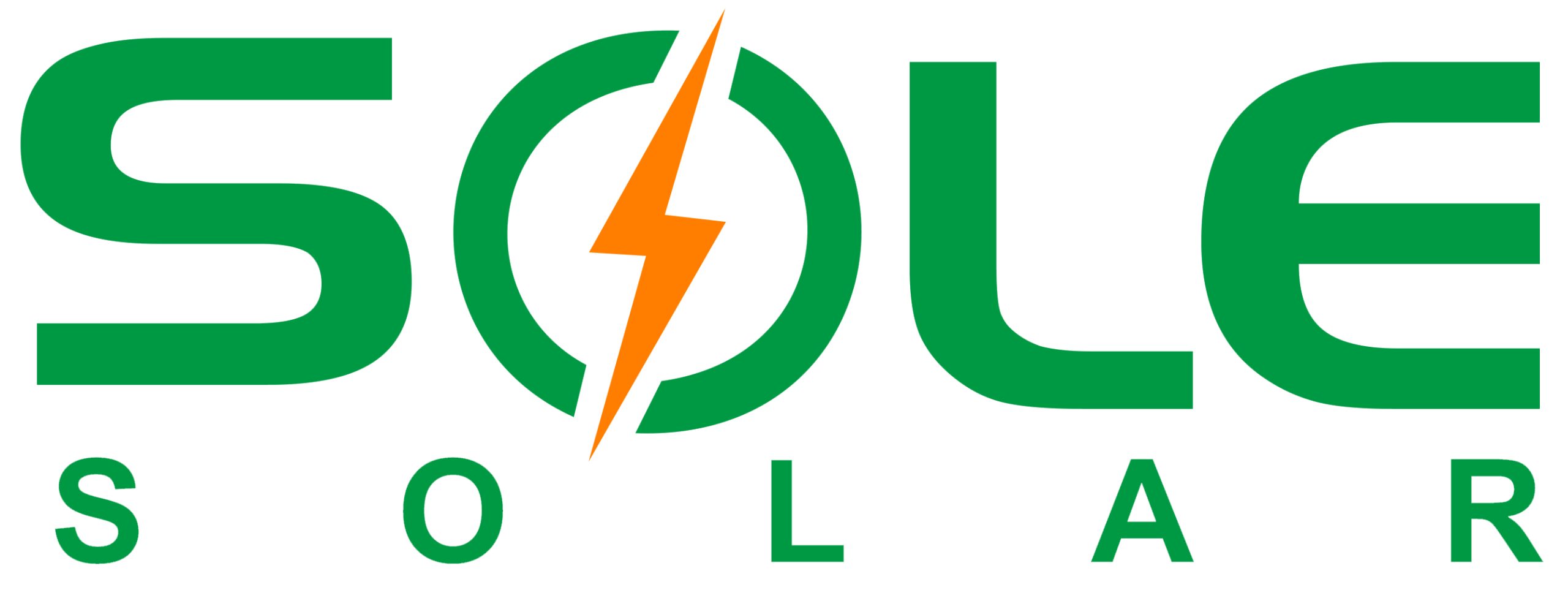Mar. 11, 2024
Most P-type and N-type solar cells are the same, featuring slight and very subtle manufacturing differences for N-type and P-type solar panels. why P-type solar panels became the norm in the industry and the advantages of N-type solar panels.
N-type solar panels doped with phosphorous instead of boron, are completely immune to the boron-oxygen defect that would otherwise reduce its performance. Since there is no LID, there is no fast-paced performance degradation as with P-type solar panels. N-type solar panels also feature a higher conversion efficiency over their lifespan, turning them into a better investment.
As N-type solar panels become a more attractive option, their market share will keep on growing in the future. In 2021, the market share for N-type solar panels oscillated between 5% and 10%, with a growing expectancy to around 20% in 2022. As popularity keeps on rising, N-type solar panels will hold more than 70% of the market by 2032, probably leaving P-type modules with less than 30% of the market.
